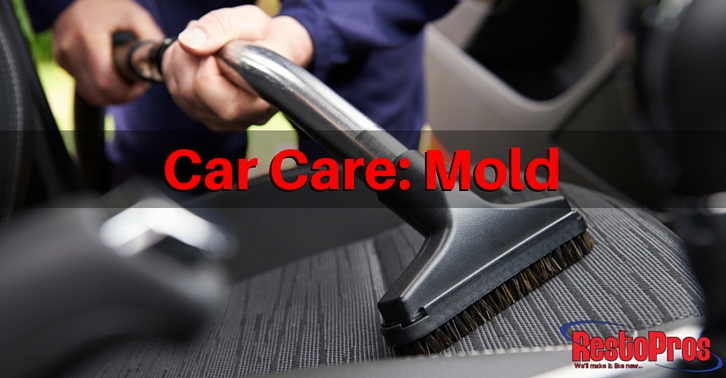 When we think mold, mildew, and fungus our thoughts go to the basement or the forest. But you might be surprised to find that mold can live in between these spaces. In fact, if you spend enough time in your car on a daily basis, you can create a pretty comfortable space for mold there as well. We don’t want mold anywhere, but we especially would like to keep it out of our vehicles. So if you’ve noticed increased allergy symptoms, but your house has been inspected and is clean, consider doing an inspection of your car as well!
When we think mold, mildew, and fungus our thoughts go to the basement or the forest. But you might be surprised to find that mold can live in between these spaces. In fact, if you spend enough time in your car on a daily basis, you can create a pretty comfortable space for mold there as well. We don’t want mold anywhere, but we especially would like to keep it out of our vehicles. So if you’ve noticed increased allergy symptoms, but your house has been inspected and is clean, consider doing an inspection of your car as well!
How Mold Gets Into Your Car
Humidity and warmth are exactly what mold and mildew need to survive. During the summer, these are both especially prevalent in the DFW Metroplex. It’s especially unhelpful when you eat and drink in the car. While most fast food is thin enough to dry out before it can grow mold, spilled drinks and scraps can lead to mold growth in your vehicle. Additionally, stepping into the car with wet shoes or clothes and driving through a car wash or storm with a leaky door or window creates a prime atmosphere for mold.
Prevention Tip 1: Clean Your Car
Really, don’t use your vehicle as a mobile trash can. Take out garbage, especially food, whenever you’re done travelling. Vacuum carpets regularly and replace the air filter in your vehicle when it gets dirty. By keeping your car clean, you limit its desirability for mold.
Prevention Tip 2: Limit Moisture
Sometimes it’s stormy for weeks, and it can be hard to keep the humidity down in your car. The good news is that you can still make things inhospitable for mold. Use bags of rice or a packets of a silica gel desiccant to absorb the humidity and keep things dryer in the car. You can also sprinkle baking soda on the carpet, let it sit for a couple of hours, then vacuum it up. Not only will the baking soda absorb much of the moisture in the carpet, it’ll remove built up smells and odors as well!
Mold Remedies
Of course, if you’ve already found mold in your car, many of the cleaning methods are the same as what you’d use in your home. For small infestations of mold, you can go to work cleaning it up (and should do so quickly when you find it). Just remember, always wear a mask and gloves when you’re cleaning up mold. Avoid skin exposure or breathing in harmful spores while working.
Dish Soap
Use the suds from soapy water. Avoid wetting the area, simply mix up warm soapy water until you have a good lather, then take the soap suds and apply them directly to the affected area. Scrub the carpet and upholstery well and use a towel to dry things off afterward.
Baking Soda
A mixture of 1/4 tablespoon of baking soda per 8 ounces of water in a spray bottle makes an effective mold and odor fighter. Sprites the area with the baking soda solution and scrub the affected area. Be sure to toss any cleaning materials, as they’ll be infested with mold and likely unusable. Use hot water to dampen the surface after scrubbing and wipe away everything. Dry the area thoroughly afterwards.
Vinegar
An alternative for a stronger mold-fighter is vinegar. Use distilled white vinegar in a spray bottle. Cover the area with a thorough spraying and allow it sit for an hour. Again, use hot water to dampen a rag (do not use a saturated rag) and scrub the area clean. Repeat until the vinegar smell is gone and then towel dry the area thoroughly.
Of course, if the infected site covers a larger area (more than 2 or 3 square inches), you should call for professional assistance immediately.
Don’t forget to follow RestoPros on Facebook, Twitter, LinkedIn, and Google+ for new Updates, News, and Discounts!
